Ring in the New Year by Dressing Up as a Bear
Romania’s famed bear dance scares away winter
The sight of a pack of bears roaming in the streets would usually be cause for alarm, especially in December, when they’re supposed to be hibernating for the winter. But if you were in a Romanian village this week, the spectacle would be cause for celebration—all part of a tradition called "ursul" (the bear dance).
During the annual festival, which takes place during the last week of December, Romanian villagers dress up in real bearskins and take to the streets, dancing, drinking and visiting their friends. It’s an old Roma tradition, though it’s unclear just how old it is. While some believe it dates back as far as 2,000 years, others suggest it began in the 1930s, when the itinerant Romani people, who make up one of the largest minorities in Romania, had captive bears “dance” on hot metal sheets for villagers in exchange for tips.
While the festival used to be confined to small, rural villages, the Associated Press writes that in recent years, dancers have started taking the tradition on the road for cash.
The costumes are in high demand, too: Ukraine Today reports that pelts used for the dance sell for as many as 5,000 euros (the equivalent of approximately $5,440). Bear hunting is still popular—and legal—in Romania, leading to worries about the survival of the area’s brown bears.
One Romanian tells the New York Times’ James Estrin that the tradition is “really magical, like going into a fairtyale.” Photos of the parades bear out that description: swooping, laughing, parading bears make for quite a winter show—and a very happy new year.
/https://tf-cmsv2-smithsonianmag-media.s3.amazonaws.com/accounts/headshot/erin.png)
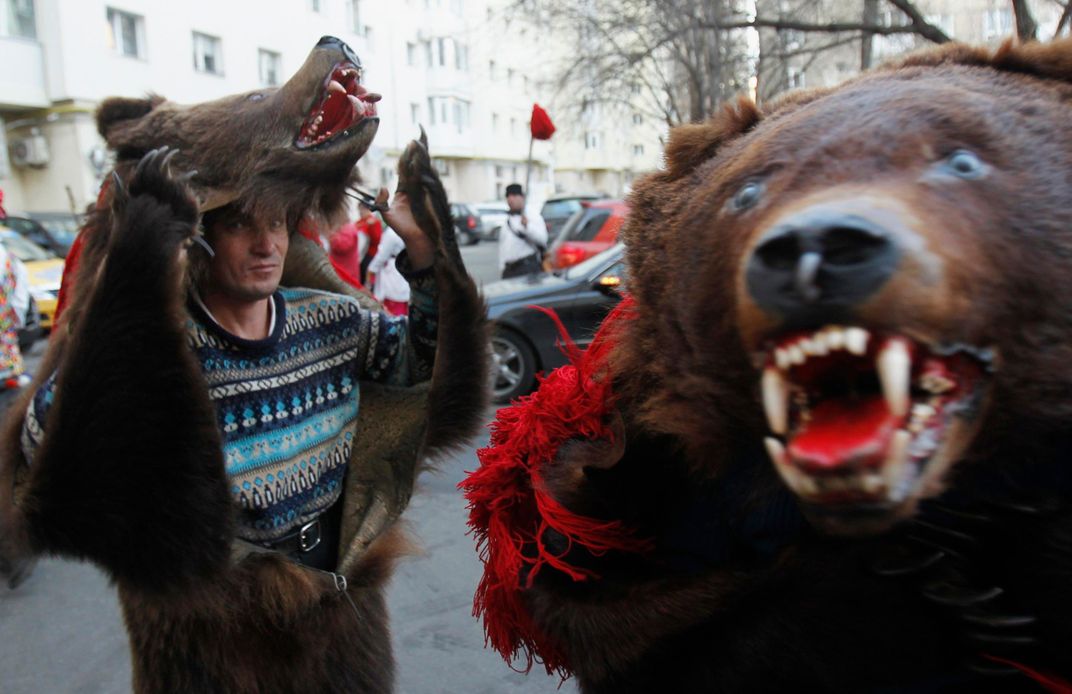
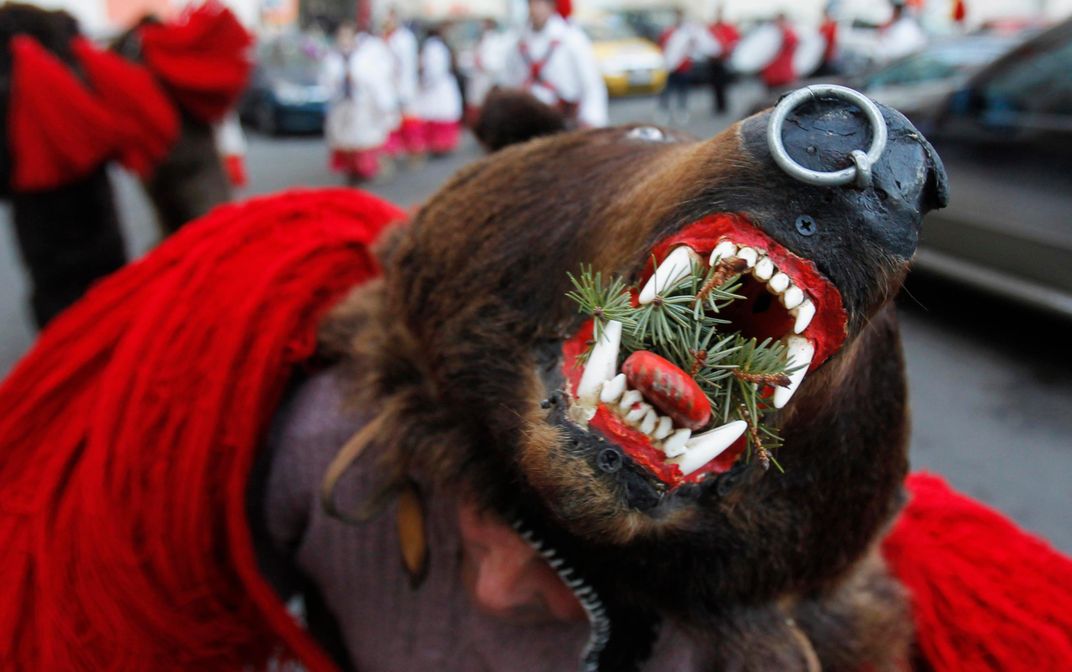
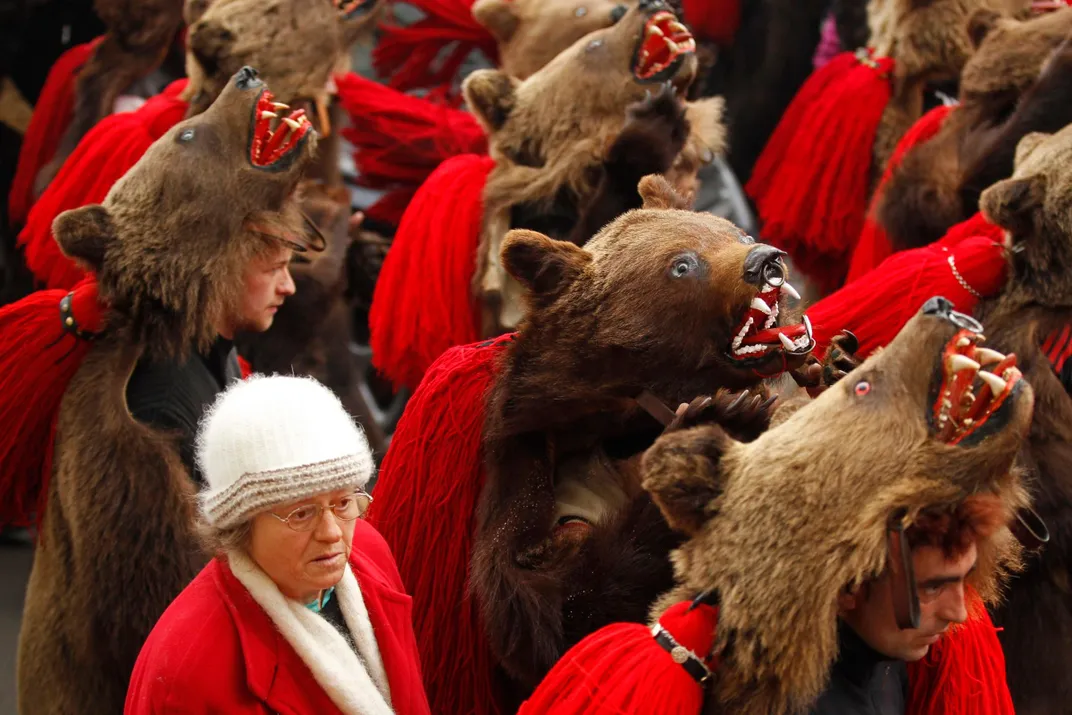

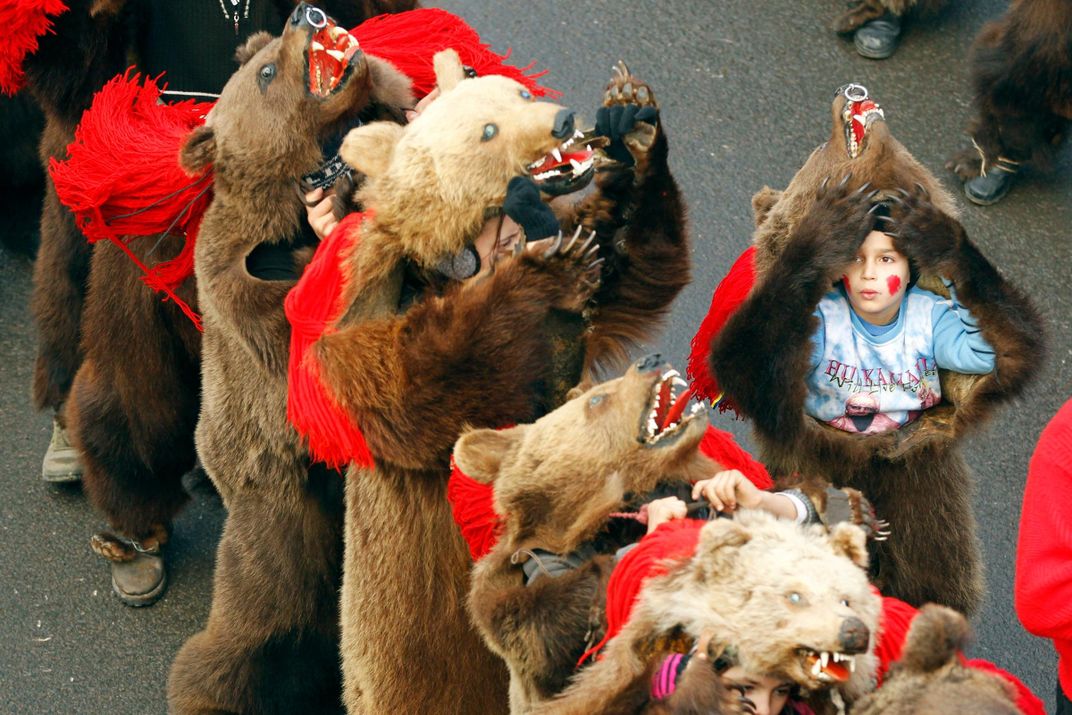
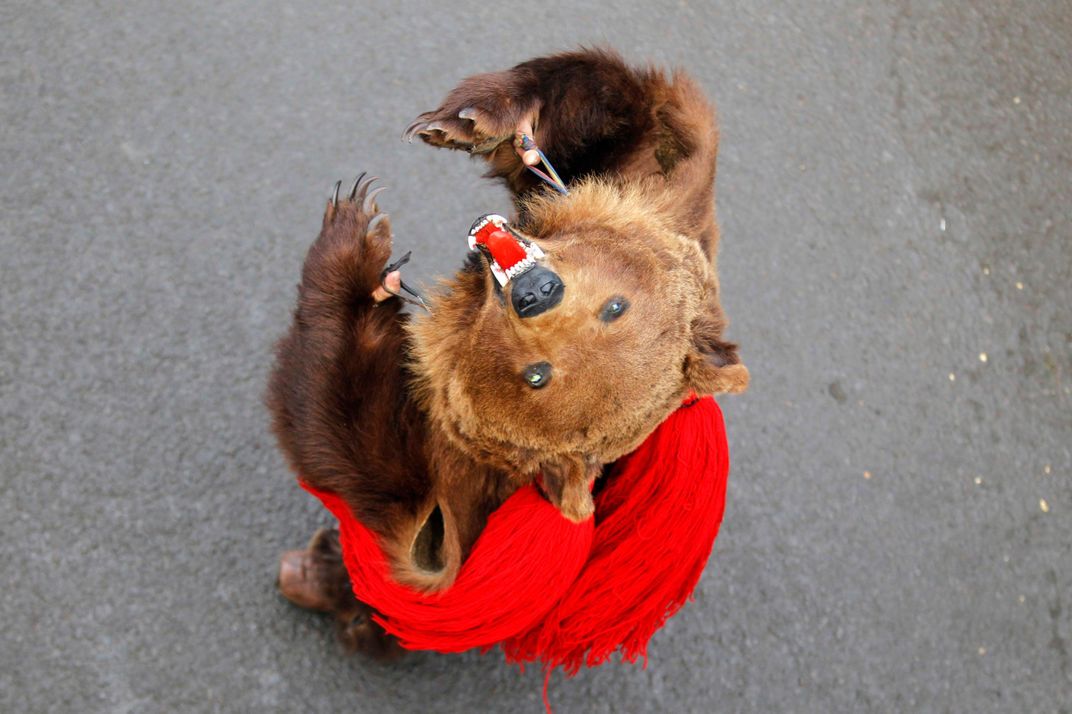
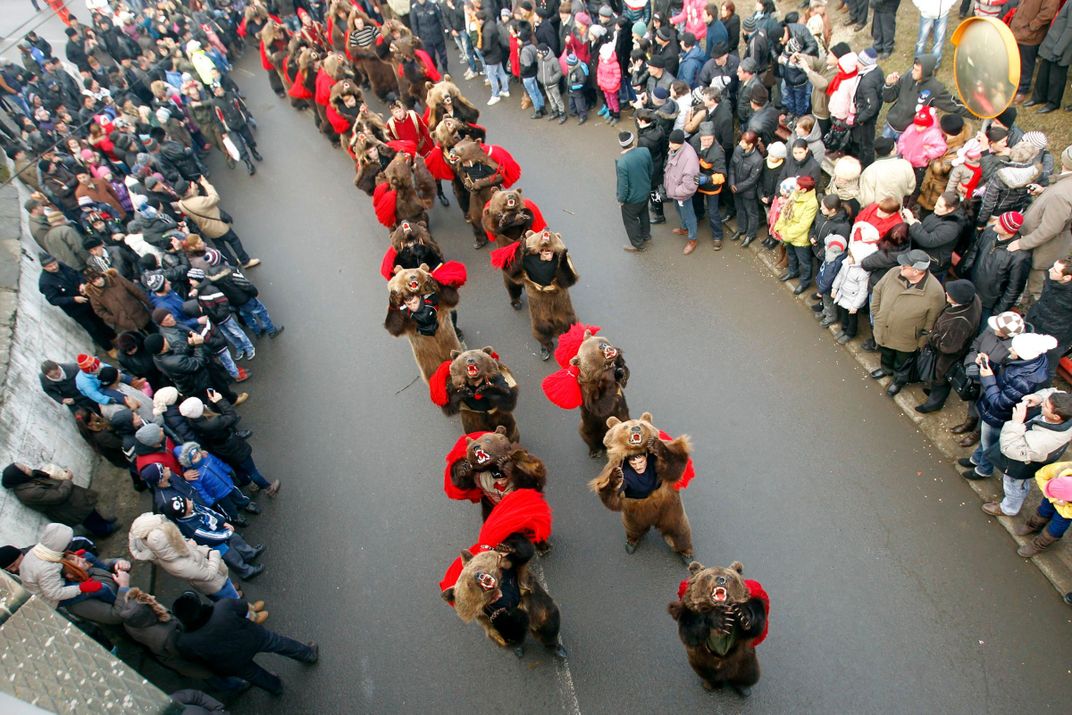
/https://tf-cmsv2-smithsonianmag-media.s3.amazonaws.com/accounts/headshot/erin.png)